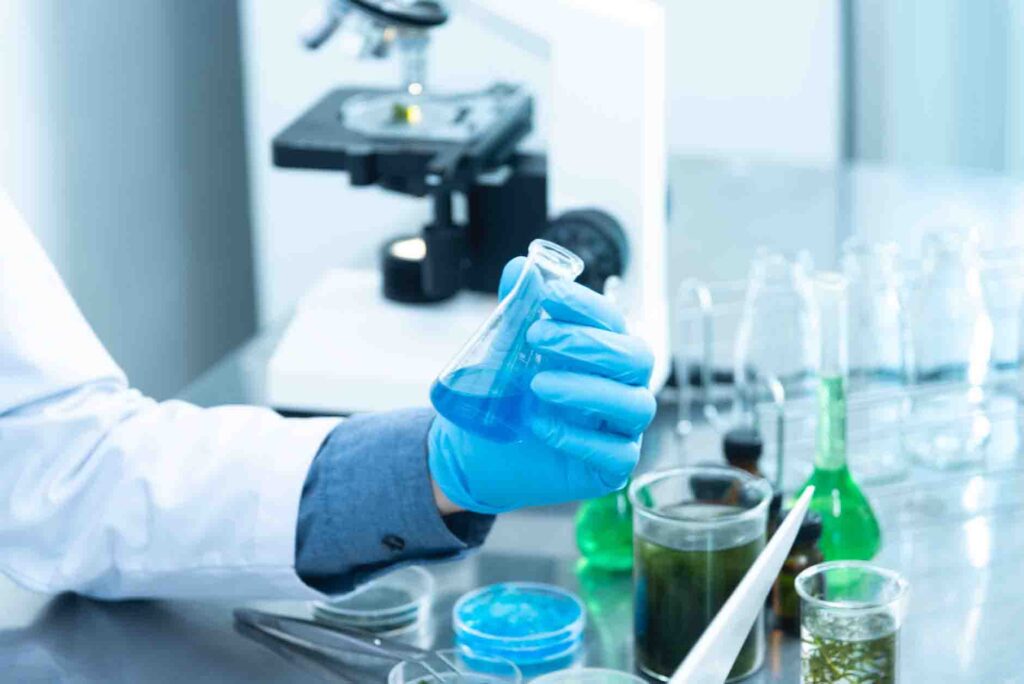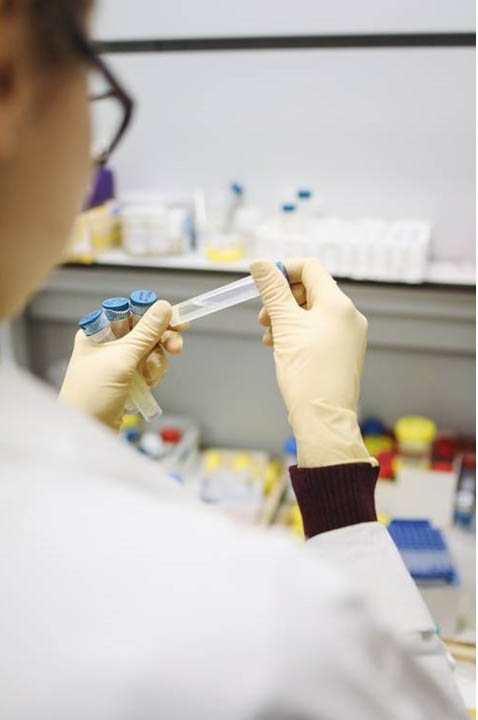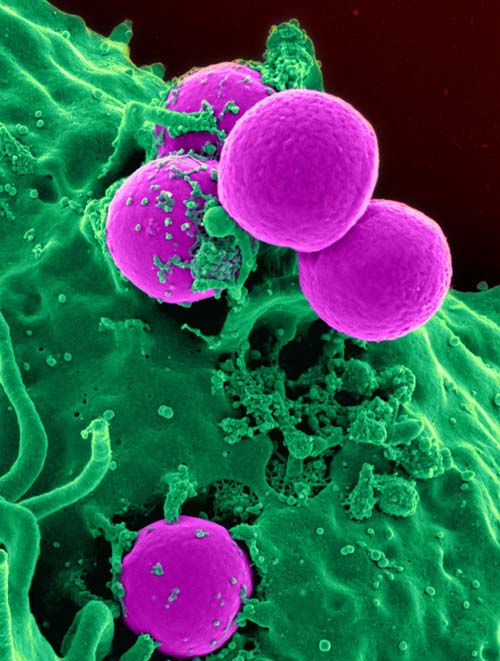Three focuses of my blog are Career Discussions, STEM and Technology. No matter where you are in your life cycle, it’s important to know which careers will be in demand in the future, especially if you’re guiding younger people. The following contributed post is entitled, Careers Of The Future.
* * *
With the development of modern technology more and more jobs and careers are being replaced or re-figured. Once stable jobs are no more and the career landscape looks a lot different than it did ten years ago. Here are some ‘future proof’ careers that are likely to expand and become increasingly lucrative as technology continues to develop.
Cyber Security
Crime as we know it is changing. As technology advances crime inevitably advances with it. Crime is becoming increasingly sophisticated with cybercrime rates mounting year on year. With so much personal and financial data stored in clouds and online, it is no wonder. Crime enforcement agencies worldwide house their own growing cybercrime departments and Governments and private firms across the globe are providing apprenticeships and pathways into cybercrime.
Javascript programmer
Javascript programming is used to develop desktop and mobile applications, big data processes, and so on. It is one of the most sophisticated and high regarded programming languages used worldwide and its usage is only set to grow. To train as a Java Programmer you typically need a Bachelors of Computer Science, Maths, Information Technology, or potentially even a master’s degree. That said, training is given in the workplace and if you have an aptitude for Java you may be able to find an entry-level role. Upon qualification, the possibilities and job roles are plentiful and lucrative. So if you know how to undertake char to string conversion in java or it interests you why not consider a career using it?

Photo credit; Markus Spiske from Pexels
Robotics Engineer
With more and more roles being replaced by AI job roles are shifting. While a robot may be able to perform and replace many human tasks there will always be a need for someone to make and maintain these robots. Engineers who are highly skilled in coding and software will find themselves in a desirable position, as hi-tech manufacturing such as driverless cars increase and the use of robotics in warehouses and logistics becomes commonplace.
Data Analyst
Every day vast amounts of data on anything and everything is collected and stored. This information can tell us about people, their behaviors, finances, medical requirements, and so on. It can monitor business performance, or lack of, or be used in logistics nationally or internationally. Data can be collected in just about any sector and put to any use. Someone is needed to monitor, collate and distribute this data so that it can be read, understood, and utilized.
Care Worker
A curveball perhaps? Technology may be the future and may hold the key to many career paths but, the good news is, there will still be roles that do not require a sophisticated level of technological knowledge. With populations aging and medical care advancing people are living longer and with more and more treatable illnesses. The need for care will only grow as technology and medicine develop. A career in care can be hugely rewarding and offer plenty of progression routes.
In fact, job roles that fall under the umbrella of social care will only continue to expand in the wake of the global pandemic, aging populations, and a higher demand for social services. If you are looking for a challenging but rewarding people-centered career then working within the social care and services sector can offer you this.












